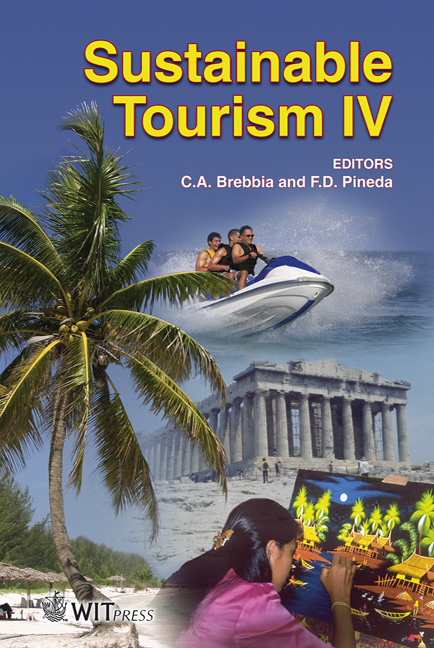The Conservation Of Nine Units Market Village, Bangplama District, Supanburi Province, Thailand
Price
Free (open access)
Transaction
Volume
139
Pages
13
Page Range
381 - 393
Published
2010
Size
3,910 kb
Paper DOI
10.2495/ST100331
Copyright
WIT Press
Author(s)
D.-N. Suephakdee
Abstract
The goals and objectives of this research concentrate on the art of different cultures living together in harmony and warm hospitality in the area of Nine Units Market Village at Bangplama district, Supanburi province. The architectural studies present the various characteristics of shophouses which can be categorized by age and function. The paper also reviews the statement of cultural heritage significance according to the Australian ICOMOS charter for the conservation of places of cultural significance. Beginning with the floating market and the appointed market on the river bank, then evolved to a permanent market in addition to the timber shophouses around the market place where water transportation still plays a major role for all kinds of goods. As land transportation networks improve, change is coming to local markets. Improved land transportation changes the identity of markets that once traded in agricultural product and household supplies, native to the particular area, by introducing general goods that can be found anywhere. Lastly the local timber shops, houses and markets are being replaced by modern brick and concrete ones. The future trend of preserving these built vernacular heritages has been rather hopeless. There are only two conditions for preserving: one is that the owners and community understand the values of their heritages and the other is that the development must be appropriate and effective to ensure that the end results will go straight to the heart of problem. The management of community tourism and cultural heritage should help strengthen the community and make it really self-dependent before bringing tourism into such an area. Keywords: conservation, built vernacular heritage, old market, sufficiency economy, sustainable tourism.
Keywords
conservation, built vernacular heritage, old market, sufficiency economy, sustainable tourism





